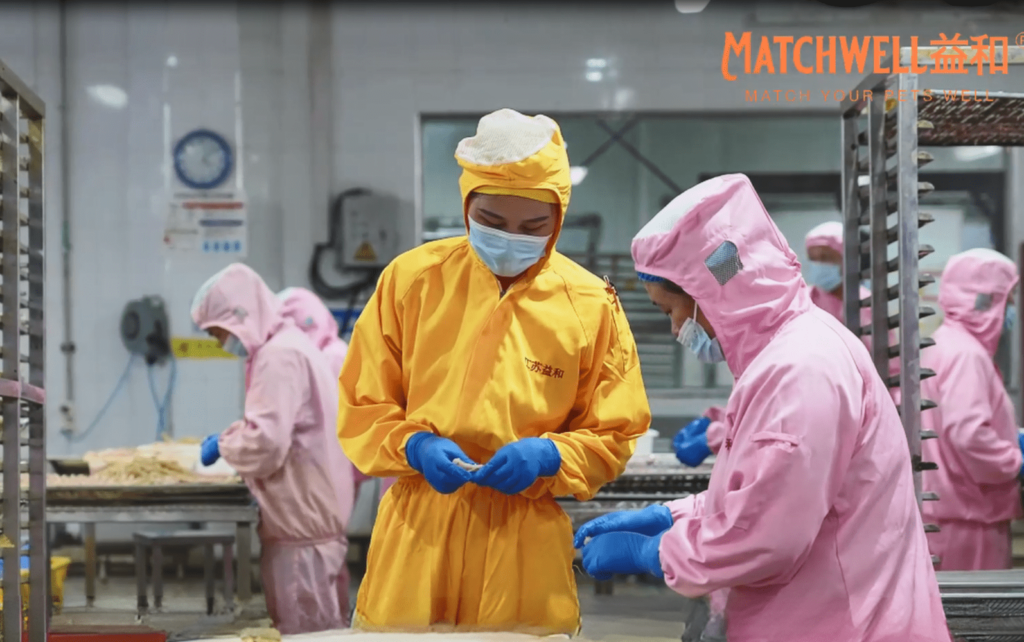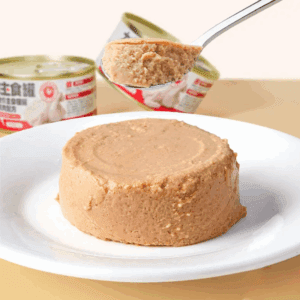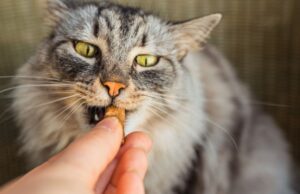The pet treat industry continues to experience robust growth globally, driven by evolving consumer demands and an increasing emphasis on pet health and wellness. With a surge in pet ownership, especially in emerging markets, there are clear trends reshaping the landscape for wholesalers, manufacturers, and suppliers of pet treats. This blog provides an in-depth look at the current trends in the pet treat market, offering valuable insights for wholesale suppliers and manufacturers looking to navigate and capitalize on the opportunities presented by these shifts.

1. Rising Demand for Natural and Healthy Ingredients
As consumers become more conscious of what they are feeding their pets, the demand for natural and healthy ingredients in pet treats has skyrocketed. Pet owners are seeking products that align with their own dietary preferences, leading to the growing popularity of treats made with high-quality, organic, and sustainable ingredients.
- Key Drivers: Consumers are increasingly looking for transparency regarding the sourcing and composition of pet products. Treats that are free from artificial additives, preservatives, and by-products are seen as more desirable.
- Example: A shift toward single-ingredient treats like freeze-dried meats, or plant-based treats, highlights the growing preference for minimal processing and cleaner labels.
Market Insight: According to a report by Grand View Research, the global market for natural pet food is expected to reach USD 21.7 billion by 2025, reflecting a compound annual growth rate (CAGR) of 7.2%. This trend is equally evident in the pet treat sector, with natural pet treats seeing strong growth.

2. Premiumization of Pet Treats
The premiumization trend has become a key factor in the pet food and treat industry. Pet owners are increasingly willing to invest in higher-quality products that offer functional benefits, such as treats that support dental health, joint function, or skin and coat condition.
- Key Drivers: A growing number of pet owners view their pets as family members, leading to a willingness to spend more on premium products that align with their pets’ needs.
- Example: Treats enriched with functional ingredients like probiotics for digestive health, glucosamine for joint care, and omega-3 fatty acids for skin health are becoming more prevalent.
Market Insight: According to Mintel, the premium pet food and treat sector has seen an uptick, with 51% of U.S. pet owners stating that they are willing to pay more for higher-quality products.

3. Customization and Personalization
Customization is a trend that is gaining traction in the pet treat industry, with many manufacturers offering tailored products to meet specific pet needs. This could range from treats formulated for specific breeds, ages, or dietary restrictions, to personalized packaging that caters to pet owners’ desires for unique products.
- Key Drivers: Consumers appreciate the ability to personalize their pet’s diet, particularly when it comes to food sensitivities, allergies, or dietary preferences.
- Example: Subscription services that allow pet owners to receive customized treat boxes based on their pet’s preferences and health requirements are becoming more popular.
Market Insight: Pet product subscription services are on the rise, with the global subscription box market for pets growing by 19.4% annually. Pet owners are increasingly seeking products that fit their pets’ specific needs, which presents opportunities for wholesalers and manufacturers to develop more personalized offerings.

4. Sustainability and Eco-Friendly Packaging
Sustainability continues to be a prominent trend in the pet treat industry. As environmental concerns rise, many consumers are opting for products that are not only sustainably sourced but also packaged in eco-friendly materials.
- Key Drivers: The growing awareness of environmental impact is influencing consumer choices, with an emphasis on biodegradable or recyclable packaging and ethically sourced ingredients.
- Example: Brands that emphasize sustainability, such as using plant-based packaging or offering treats made from rescued or upcycled ingredients, are gaining popularity.
Market Insight: A survey by Nielsen found that 66% of global consumers are willing to pay more for environmentally responsible products, highlighting the demand for eco-friendly pet treats and packaging solutions.

5. Digital Transformation and E-Commerce Growth
The pet treat industry is also seeing significant growth through digital platforms, driven by the rise of e-commerce and online shopping. Pet treat manufacturers and wholesalers are leveraging digital marketing, direct-to-consumer sales, and subscription models to engage with customers in new and innovative ways.
- Key Drivers: The convenience of online shopping, combined with the growing trend of pet humanization (where pets are treated like family), has led to a surge in e-commerce sales.
- Example: Pet treat brands are increasingly selling directly through online platforms, offering subscription services and tailoring digital campaigns to create a more personalized shopping experience.
Market Insight: According to eMarketer, the global pet e-commerce market is expected to surpass USD 30 billion by 2026, with a substantial portion of this growth coming from pet treats and related products.

6. Functional Treats and Wellness Products
Pet owners are increasingly seeking functional treats that provide specific health benefits. These treats are designed to offer more than just a tasty snack; they are formulated with added benefits like nutritional support, anxiety relief, or improved digestive health.
- Key Drivers: The growing awareness of pet health and wellness, combined with a rise in pet medical conditions, has driven the demand for functional treats.
- Example: Treats that contain CBD for anxiety, or adaptogens for stress relief, are becoming more popular as pet owners look for ways to improve their pets’ well-being.
Market Insight: According to a report by the Pet Food Institute, 31% of pet owners are seeking pet food and treats with functional benefits, indicating a strong trend toward treats that support overall pet health.
7. Innovation in Ingredient Sourcing and Manufacturing
Innovation in sourcing ingredients and manufacturing methods is also shaping the future of the pet treat market. The use of alternative proteins, such as insect-based or plant-based proteins, is gaining attention as manufacturers look to create more sustainable and novel products.

- Key Drivers: Sustainability concerns, coupled with the desire to reduce the environmental footprint of pet food production, are pushing the industry toward new sources of protein.
- Example: Treats made from cricket flour or plant-based proteins such as pea or lentil are gaining ground, providing allergy-friendly alternatives to traditional meat-based treats.
Market Insight: The global alternative protein market for pet food is expected to grow by 9.5% annually through 2028, reflecting the increasing interest in sustainable and innovative ingredient sourcing.
Conclusion: Navigating the Trends in Pet Treats
The pet treat industry is evolving rapidly, with key trends such as the demand for natural ingredients, premium products, customization, sustainability, and functional treats paving the way for growth. Wholesale suppliers and manufacturers who stay ahead of these trends by embracing innovation and aligning with consumer preferences will be well-positioned to thrive in a competitive marketplace.
As the market continues to grow, staying informed and adaptable to emerging trends will be essential for businesses seeking long-term success. By understanding these evolving trends and responding proactively, pet treat manufacturers and wholesalers can tap into new opportunities and build stronger relationships with consumers.












